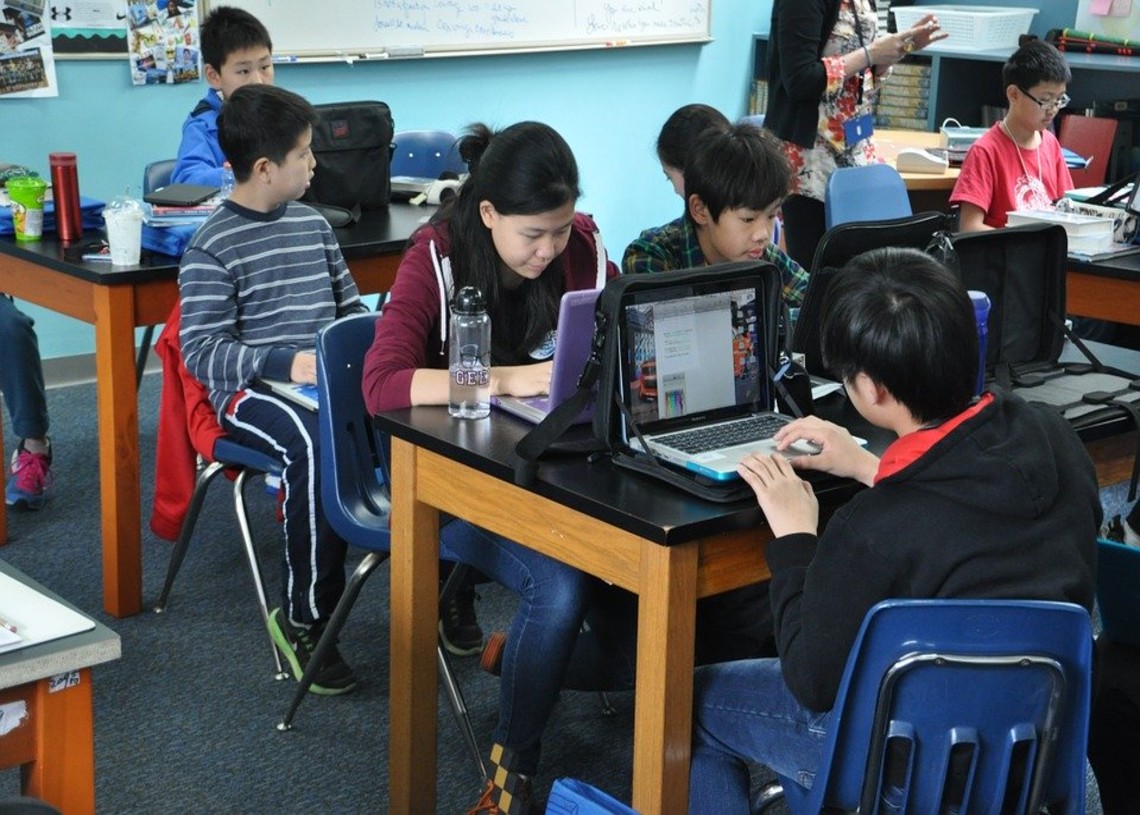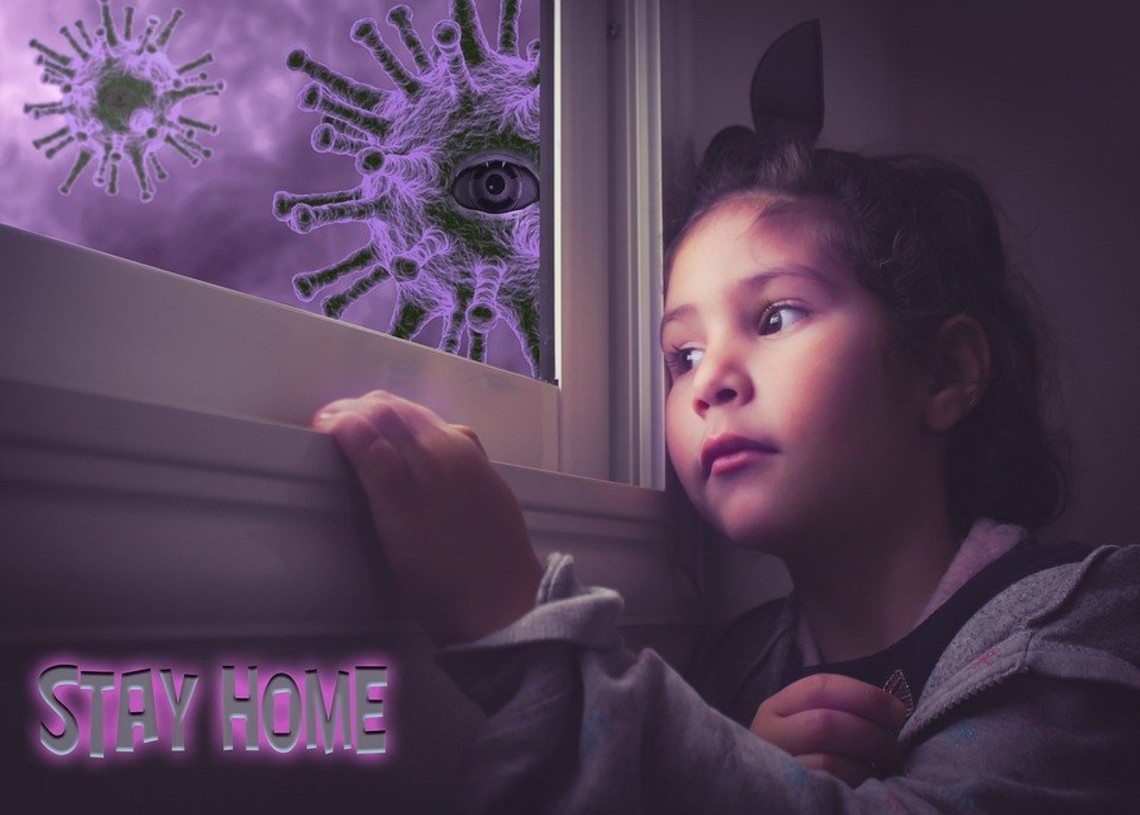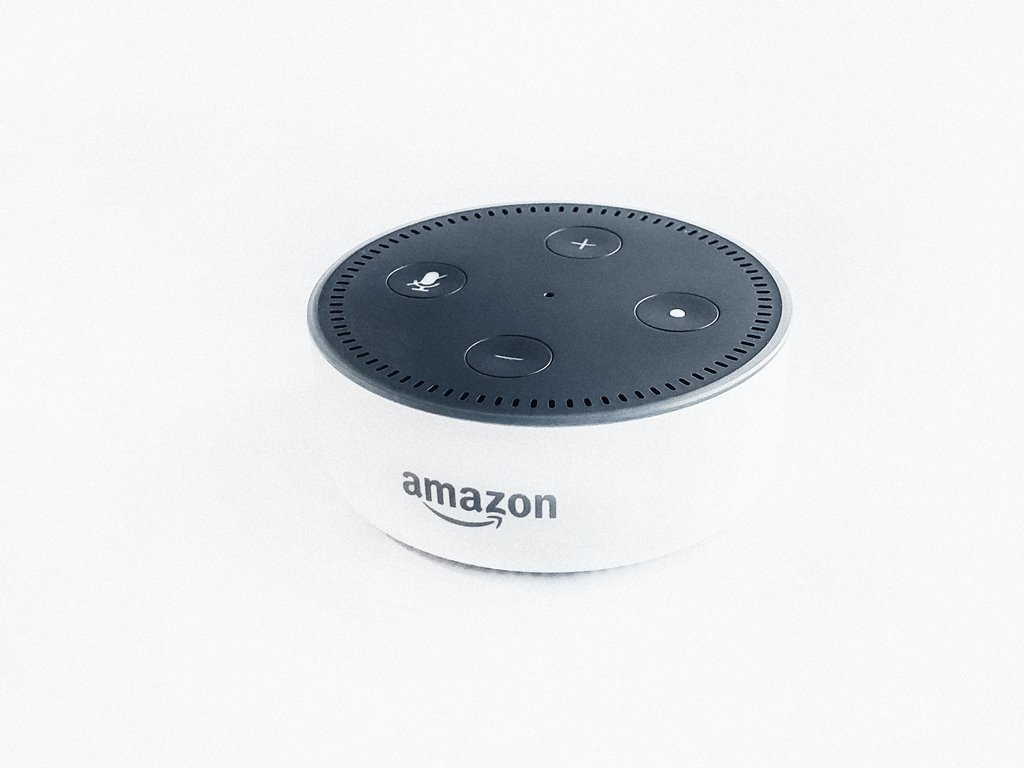JFK Transportation is providing Wi-Fi minivans services to students from underprivileged neighborhoods, helping them continue with their distance learning. The project aims to help over 10,000 students continue with their distance learning by providing free Wi-Fi.
Schools in California are slowly reopening, after months of closure due to the spread of coronavirus. However, the state has had problems with students’ ability to access the internet for their distance learning. This, however, is being solved by JFK Transportation, who are using vans that are installed with Wi-Fi antennas to help students from underprivileged communities.
Wi-Fi minivans providing free internet
In the neighborhoods of Santa Ana, The JFK Transportation labeled minivans can be seen canvassing the streets as they share their wi-fi connectivity with students around the area, which is close to Los Angeles.
Roman Reyna, who is overseeing the “Wi-fi on wheels” project launched by JFK Transportation said that the project started when they realized that parents were having challenges with accessing the internet. He noted that the neighborhood was poor and therefore, not all households could be able to afford internet bills for distance learning.
He continued by saying that a lot of the students they intended to serve had no internet connectivity. This meant that they were not able to access live classes and videos that were being given out by teachers. This meant that they were lagging behind their peers in other more privileged households.
Head of the company, Kevin Watson, came up with the idea, by realizing that if he could be able to place Wi-Fi routers in his company’s minivan and set them at strategic points around the neighborhood, he could potentially help more than 10,000 students who were going to school in that area.
Daylong uninterrupted learning
Watson indicated that they part at these strategic points eight hours to ensure that students are able to access all classes during the day. He also indicated that the Wi-Fi signals were from 5G routers, terming them as the fastest and latest in technology. He indicated that the signals per van were able to be used by people in a radius of 350 meters, estimating that around 200 students were benefitting from the program per van.
The company also indicated that the program was only available to students. This meant that their Wi-Fi was password protected and could only be accessed with credentials given to students by schools or the company.
Watson indicated that they were negotiating a deal with the school district to be able to supply the internet for the students. He indicated that, when everything is agreed upon, he hoped to have 50 Wi-Fi minivans around the neighborhoods and other areas of Los Angeles to help the students continue with their education.
Featured imgae by Pixabay







